I am struggling to set xlim for each histogram and create 1 column of graphs so the x-axis ticks are aligned. Being new pandas, I am unsure of how to apply answer applies: Overlaying multiple histograms using pandas.
>import from pandas import DataFrame, read_csv
>import matplotlib.pyplot as plt
>import pandas as pd
>df=DataFrame({'score0':[0.047771,0.044174,0.044169,0.042892,0.036862,0.036684,0.036451,0.035530,0.034657,0.033666],
'score1':[0.061010,0.054999,0.048395,0.048327,0.047784,0.047387,0.045950,0.045707,0.043294,0.042243]})
>print df
score0 score1
0 0.047771 0.061010
1 0.044174 0.054999
2 0.044169 0.048395
3 0.042892 0.048327
4 0.036862 0.047784
5 0.036684 0.047387
6 0.036451 0.045950
7 0.035530 0.045707
8 0.034657 0.043294
9 0.033666 0.042243
>df.hist()
>plt.xlim(-1.0,1.0)
The result sets only one of the bounds on the x-axis to be [-1,1].
I'm very familiar ggplot in R and just trying out pandas/matplotlib in python. I'm open to suggestions for better plotting ideas. Any help would be greatly appreciated.

update #1 (@ct-zhu):
I have tried the following, but the xlim edit on the subplot does not seem to translate the bin widths across the new x-axis values. As a result, the graph now has odd bin widths and still has more than one column of graphs:
for array in df.hist(bins=10):
for subplot in array:
subplot.set_xlim((-1,1))

update #2:
Getting closer with the use of layout, but the width of bins does not equal the interval length divided by bin count. In the example below, I set bins=10. Hence, the width of each bin over the interval from [-1,1] should be 2/10=0.20; however, the graph does not have any bins with a width of 0.20.
for array in df.hist(layout=(2,1),bins=10):
for subplot in array:
subplot.set_xlim((-1,1))



